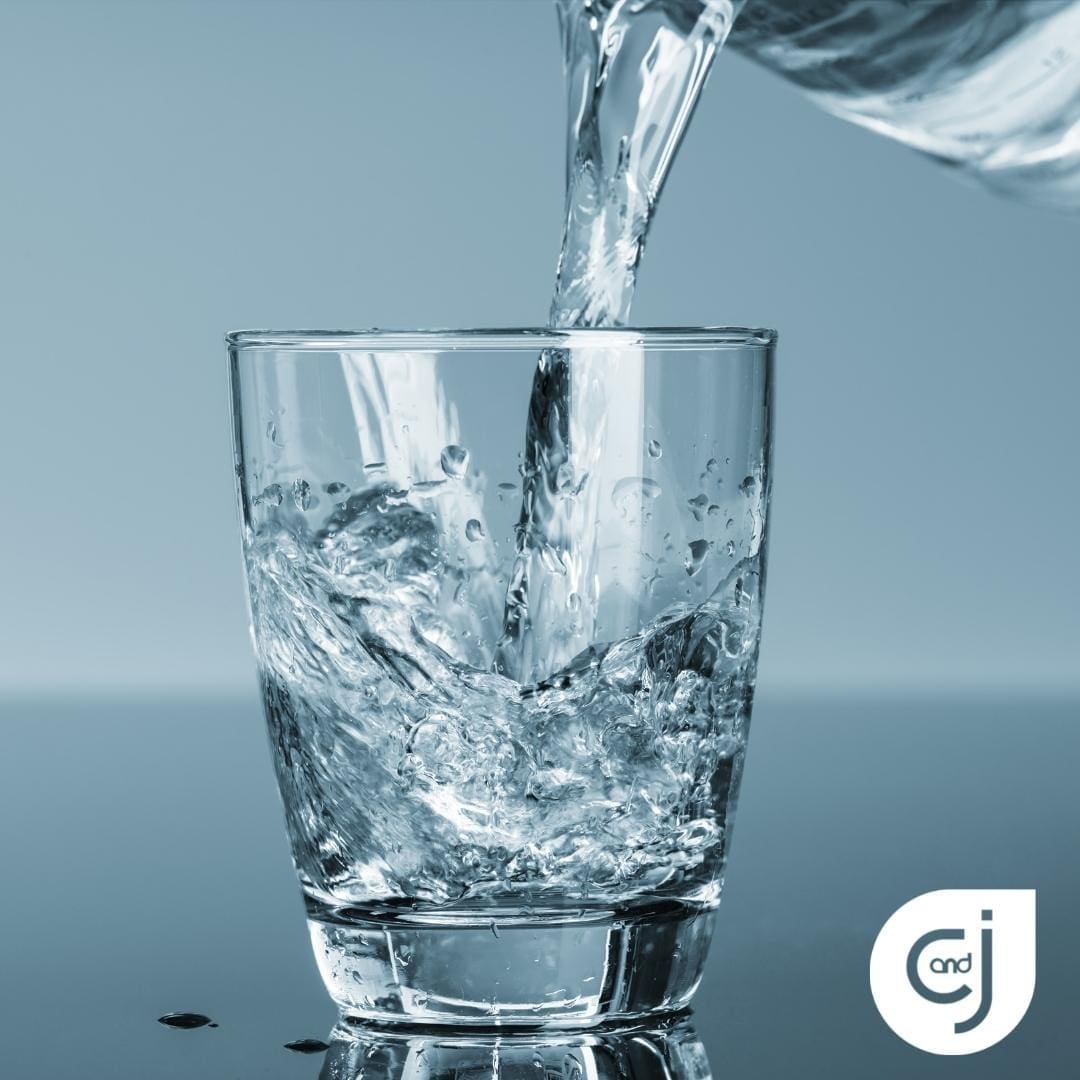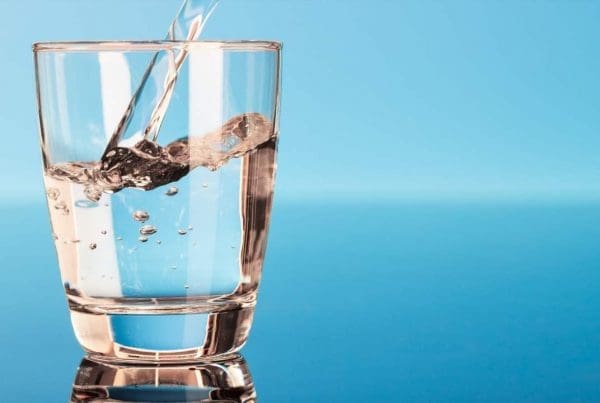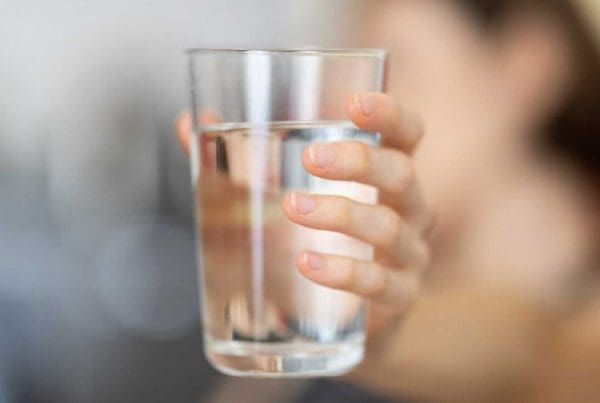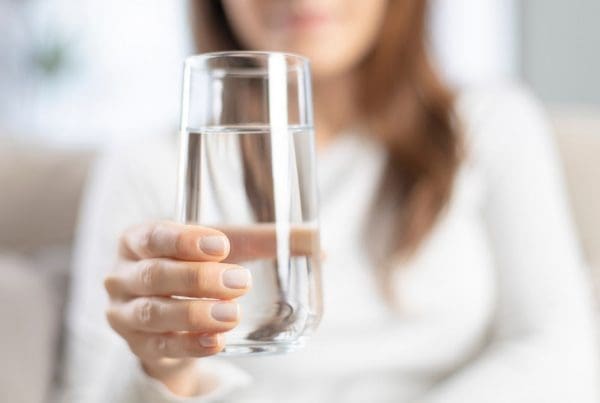Your Guide to Achieving Pure Drinking Water at Home
Water is essential to life, and it is the most important compound on earth and makes up over 60% of the human body. Every system in our body depends on water. For example, water flushes toxins out of vital organs, carries nutrients to our cells, and provides a moist environment for tissues.
Despite its importance, water is often taken for granted. We assume water will always be there when we turn on the tap. But clean, safe drinking water is not a given. In fact, around the world, billions of people don’t have access to clean water. Unsafe water is one of the leading causes of death and disease. Contaminated water is often the only water available to people in developing countries. In many cases, women and children spend daily walking to collect water for their families. This water is often contaminated with bacteria, viruses, and parasites.
Drinking water is vital for human health, but there are sometimes contaminants in the water source that we cannot control. Even in developed countries, water quality can be an issue. In the United States, for example, CDC estimates that each year 1 in 44 people gets sick from waterborne diseases in the United States.
 The search for a stable, sustainable, and economical water source for daily uses never ends. Some choose to boil tap water, while others drink only bottled water. In recent years, more people have started using water filtration systems., such as pitcher filters or reverse osmosis.
The search for a stable, sustainable, and economical water source for daily uses never ends. Some choose to boil tap water, while others drink only bottled water. In recent years, more people have started using water filtration systems., such as pitcher filters or reverse osmosis.
As responsible homeowners, we want to ensure we don’t end up a statistic, but how do we ensure that our drinking water is as pure as possible? This article will outline three simple steps to achieve the purest drinking water possible for your home.
Education
Knowing the source of your water and its potential problems is the first step to achieving pure water. There are many sources of water in the household, and each has its benefits and drawbacks. The most common water source is the municipal water supply, which is treated to remove impurities and is usually safe to drink. However, it can be expensive, and some people do not like the taste. To know for sure what’s in your tap water and where it’s coming from, contact your local water utility. The Environmental Protection Agency requires all water suppliers to issue an annual report to their customers, called a Consumer Confidence Report.
Private wells are also a source of water for many households. They are usually less expensive than municipal water, but there is no guarantee of safety. The water may contain impurities, and it is the responsibility of the homeowner to have the water tested and treated if necessary.
Examination
For bacteria
Bacteria in drinking water is a problem that has been identified in Indiana. The problem is especially bad in the summer when the water is warmer, and there is an increased risk for contamination. Bacteria in drinking water can cause several illnesses, including diarrhea, vomiting, and fever. In severe cases, it can lead to death. The elderly, young children, and people with weakened immune systems are especially vulnerable to the effects of bacteria in drinking water.
There are many ways that bacteria can get into drinking water. One of the most common is sewage contamination. When sewage enters a water supply, it can contain various harmful bacteria. Another way that bacteria can enter drinking water is through agricultural runoff. This occurs when rain washes away animal waste and fertilizer from fields, and the bacteria contaminate the water supply.
It is imperative to regularly test your for bacteria—at least annually, more often if there have been positive results in the past.
For other contaminants
While bacteria are the most concerning contaminants in drinking water, it is not the only harmful thing in your water. Some of these contaminants are naturally occurring, while others result from human activity. In addition to biological pollutants, chemical contaminants can also be found in water. These include pollutants such as lead, mercury, and arsenic. Exposure to these chemicals can lead to various health problems, including birth defects, cancer, and kidney damage.
Furthermore, “forever chemicals” have been found in city water in Central Indiana. These chemicals—known as PFOA and PFAS—are a group of widely used industrial and commercial chemicals that break down slowly and can build up in people, animals, and the environment. The Center for Disease Control and Prevention says studies suggest high levels of certain PFAS chemicals are linked to a myriad of health issues. It is important to test for these chemicals whether you have city or well water.
Other contaminants, such as chlorine, calcium, magnesium, or tannins, can cause plumbing problems, staining, and skin irritation and should be mitigated as much as possible. It’s important to be aware of the potential contaminants in our drinking water.
Engagement
As mentioned above, you are ultimately responsible for the water quality in your home, so take a proactive approach. Be sure to schedule regular water tests and then act on the results—a laissez-faire approach does not accomplish pure water.
City Water
 If you are a homeowner with city water, you will still need to monitor your drinking water. Unfortunately, municipal water supplies aren’t always as safe as they should be, and annual water quality tests are still a good idea. Also, because the EPA requires bacteria mitigation for the public most city water is treated with chlorine or chloramines. Both of these chemicals effectively kill bacteria and other microorganisms that can cause disease. However, some differences between chlorine and chloramines may be important to consider.
If you are a homeowner with city water, you will still need to monitor your drinking water. Unfortunately, municipal water supplies aren’t always as safe as they should be, and annual water quality tests are still a good idea. Also, because the EPA requires bacteria mitigation for the public most city water is treated with chlorine or chloramines. Both of these chemicals effectively kill bacteria and other microorganisms that can cause disease. However, some differences between chlorine and chloramines may be important to consider.
Chlorine is a strong oxidizing agent used for water disinfection for over 100 years. Chlorine is added to water as a gas, liquid, or solid (tablets or powder). Once chlorine is added to water, it quickly dissociates into free chlorine and hypochlorous acid, both effective disinfectants. However, in the pipes, it produces small amounts of chemicals (called “disinfection by-products”) if the source water has higher levels of dirt or germs that may react with chlorine.
Chloramines are formed when ammonia is added to chlorine. Chloramines are less effective at killing bacteria than chlorine, but they are more stable in water and last longer than chlorine. This stability means that chloramines are often used in systems where the water will be stored for some time before it is used (such as in a reservoir). Unlike chlorine, chloramine cannot be removed by letting water sit out for a few days.
Removing these chemicals from your water before using them is a good idea. Some people who use water containing chloramine may experience irritation to their eyes and nose. Chloramine can cause and aggravate respiratory problems. Chloramine fumes can cause an individual to become congested and cause sneezing, sinus congestion, coughing, choking, wheezing, shortness of breath, and asthma. Additionally, water that has chlorine or chloramine in it should not be used for kidney dialysis patients. Water for aquaria must also be chlorine and chloramine free.
Finally, most municipal water companies don’t treat their water for hardness minerals such as calcium and magnesium, so you’ll need to consider water softening options.
Well Water
Many potential contaminants can be found in well water. Some of these contaminants can come from the surface water that seeps into the well, while others can come from the ground itself. As previously mentioned, bacteria in drinking water must be taken seriously, and well water is not regulated externally. This means you are the only line of defense for your home. Pay attention to new construction projects in your area that might introduce contaminants into the water supply. Be aware of changes in your water’s taste or smell, as this might indicate the presence of impurities. Homeowners with a private water well should also consider hardness minerals, iron content, sediment, and sand. These aren’t necessarily bad for your health but can cause a plethora of other issues in your home. Forever chemicals like PFOA and PFAS are also found in well water, so you need to be educated on removing them. Chemicals can come from various sources, including runoff from fields and factories, leaching from landfills, and even household cleaning products. These chemicals in the well water can cause many illnesses, including cancer, birth defects, and even death.
The best way to protect yourself and your family from these potential contaminants is to have your well water tested regularly. If you do find that your well water is contaminated, you can take steps to filter or treat the water to make it safe to drink.
Whether you have city or well water, C and J Water has options for every home. We have several water softener models to fit your home based on hardness levels, family size, and water needs. UV light can be installed to help mitigate bacteria. Reverse osmosis provides drinking water that is usually better than fancy and expensive bottled water and much better for the environment. We can install filters for sand, sediment, chlorine, or any other water problems. If you are trying to achieve the purest water possible, partner with C and J Water and make it happen!




